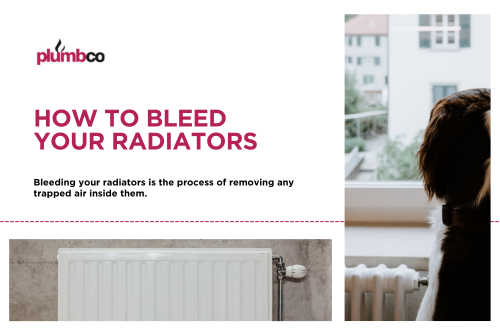
Bleeding your radiators is the process of removing any trapped air inside them. This is important because air cannot be heated in the same way as water, so if there is air in your radiators, they will not heat up properly.
There are a few signs that your radiators may need to be bled, including:
- The radiators are not heating up evenly.
- The top of the radiators are cold, but the bottom is hot.
- You can hear a hissing noise coming from the radiators.
- You have cold spots in your home.
To bleed your radiators, you will need a radiator key. This is a small tool that can be purchased from most hardware stores.
Here are the steps on how to bleed your radiators:
- Turn off your central heating system and allow the radiators to cool down.
- Place a towel or cloth under the radiator bleed valve to catch any water that drips out.
- Insert the radiator key into the bleed valve and turn it anti-clockwise.
- You will hear a hissing noise as the air escapes from the radiator.
- Once the hissing noise stops, close the bleed valve by turning the radiator key clockwise.
- Repeat steps 2-5 on all of your radiators.
- Once you have bled all of your radiators, turn your central heating system back on and check to see if they are heating up properly.
Tips for Bleeding Your Radiators
Here are a few tips for bleeding your radiators:
- Bleed your radiators from the top down. This will help to ensure that all of the air is removed from the radiators.
- Be careful not to over-tighten the radiator bleed valve. This can damage the valve and cause it to leak.
- If you are bleeding a radiator for the first time, you may need to bleed it several times before all of the air is removed.
- If you are having trouble bleeding your radiators, you may need to call a plumber for assistance.
Conclusion
Bleeding your radiators is a simple and effective way to improve the performance of your central heating system. By following the steps above, you can easily bleed your radiators yourself and save money on your heating bills.





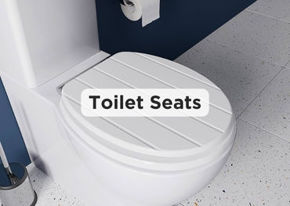


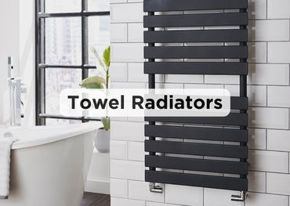



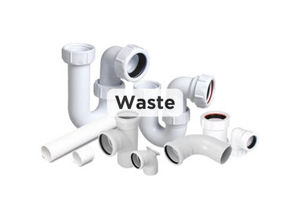


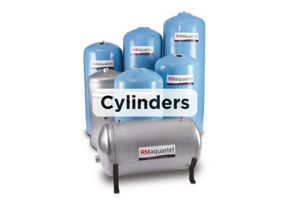



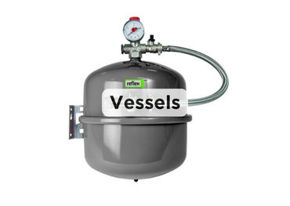
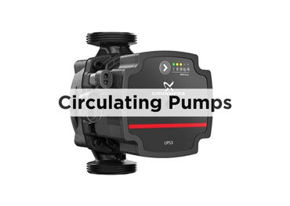


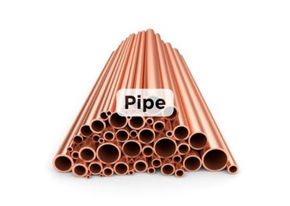








.jpeg)
.jpeg)
.jpeg)
